Ultraviolet sterilizer
Sterilize surfaces of food, beverages, air and industrial products. Various microorganisms (such as Escherichia coli, mold, Bacillus anthracis) were killed or the total number of bacteria decreased by ultraviolet irradiation sterilization. Widely used in food and beverage processing, medical treatment, disinfection cabinets, water treatment, industrial products, packaging fields.
Technology parameter
Total length of equipment | 2000m |
Sterilization area | 1200m |
| Feed area | 400mm |
| Discharge area: | 400mm |
Access height | 200mm 可调 |
Access width | 500mm |
| Conveyor belt height | 750mm |
Feature
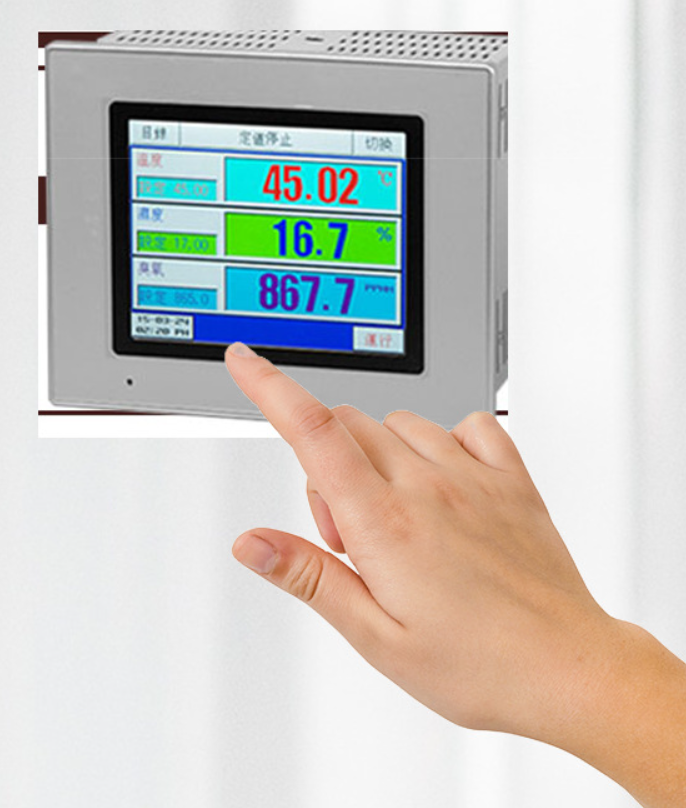
Programmable temperature and humidity controller TEMI580
Easy to operate Clear and clear stable operation
Can display set parameters, time, heater, humidifier and other working status
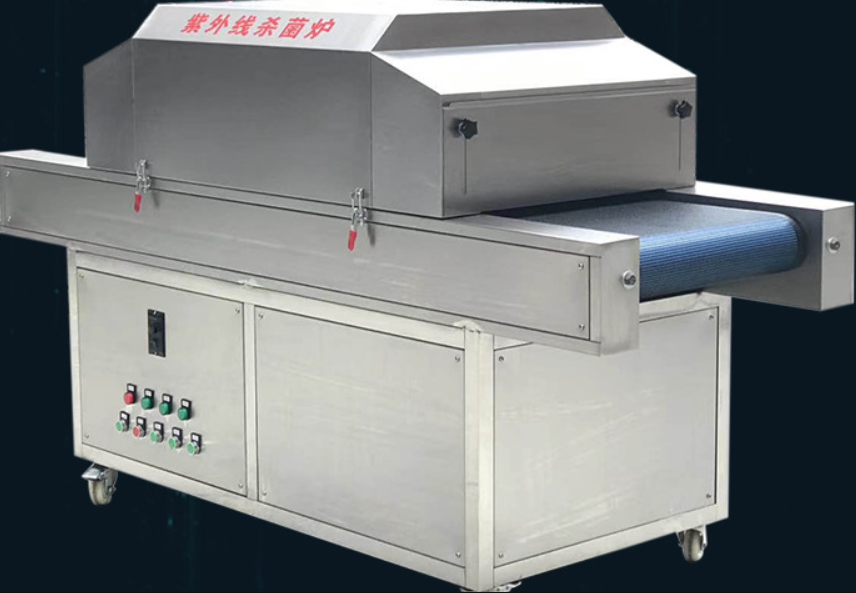
Low energy intelligent system
Special stainless steel heating tube

Teflon mesh belt conveyor belt
Reasonable design and stable performance
While the core principle of utilizing ultraviolet light (specifically UV-C, 200-280nm) to inactivate microorganisms on surfaces, in air, and water is fundamental, modern UV sterilizers embody a sophisticated convergence of photobiology, optical engineering, fluid dynamics, materials science, and control systems. This expansion delves deep into the critical characteristics defining their capabilities beyond the basic description, highlighting the technological nuances that enable effective, reliable, and safe disinfection across diverse applications like food processing, healthcare, water treatment, and industrial packaging.
1. Fundamental Photobiological Mechanism & Microbial Susceptibility:
◦ DNA/RNA Absorption Peak: The primary lethal mechanism is the absorption of UV-C photons (peak efficacy ~265nm) by nucleic acids (DNA & RNA). This energy causes adjacent thymine (or uracil in RNA) bases to form covalent dimers, disrupting replication and transcription. Crucially, efficacy is not linear with intensity but follows a dose-response curve (often logarithmic), defined by UV Fluence (mJ/cm²) = UV Irradiance (μW/cm² or W/m²) x Exposure Time (seconds).
◦ Microbial Action Spectra & D10 Values: Different microorganisms exhibit unique sensitivity (Action Spectra) to UV wavelengths and require specific UV doses (D10 value = dose for 90% or 1-log reduction) for inactivation. While E. coli is a common benchmark (D10 ~3-6 mJ/cm²), spores (e.g., Bacillus, Clostridium), molds, yeasts, and viruses (e.g., Norovirus, SARS-CoV-2) require significantly higher doses (D10 from 10 mJ/cm² to over 100 mJ/cm²). Advanced systems are designed based on target pathogens and required log reductions (e.g., 4-log for water, 6-log for air in critical spaces).
◦ Photoreactivation & Dark Repair: Some microorganisms possess enzymatic mechanisms to repair UV-induced DNA damage upon subsequent exposure to visible light (photoreactivation) or in darkness (dark repair). System design must ensure delivered dose is sufficient to overcome potential repair mechanisms, often requiring higher fluence for critical applications or using pulsed UV to overwhelm repair.
2. UV Source Technology & Optical Engineering:
◦ Low-Pressure Mercury (Hg) Lamps: The traditional workhorse, emitting ~85-90% of energy at 253.7nm (close to the DNA peak). Advantages include high efficiency, mature technology, and high output. Characteristics include warm-up time, output decay over lifespan (~10,000 hours), sensitivity to ambient temperature (optimum ~40°C), and mercury content (requiring careful disposal).
◦ Medium-Pressure Mercury (Hg) Lamps: Emit a broader spectrum (polychromatic) including UV-C, UV-B, and visible light. Higher power density allows smaller reactors for high-flow applications. Broad spectrum can be advantageous for degrading certain chemicals (advanced oxidation) but is less energy-efficient for pure disinfection than LP Hg at 253.7nm. Generate significant heat and ozone (if wavelengths <240nm are present).
◦ UV-C Light Emitting Diodes (LEDs): Rapidly evolving technology. Advantages include instant on/off, no mercury, potential for longer lifespan (>20,000 hours), compact size, design flexibility (multiple emission peaks possible), tolerance to cold temperatures, and dimmability. Challenges include lower single-diode power output (requiring arrays), thermal management (heat sinks/cooling critical for efficiency/lifespan), higher initial cost, and spectral variations between manufacturers (peak 265-285nm).
◦ Reflector & Chamber Design: Maximizing delivered fluence requires optimizing UV exposure geometry. Highly reflective surfaces (e.g., polished aluminum, specialized UV-reflective coatings) surround lamps/LEDs to direct photons towards the target. Chamber design ensures turbulent flow (air/water) or close proximity (surfaces) for maximum photon-pathogen interaction. Computational Fluid Dynamics (CFD) and Optical Ray Tracing simulations are used to optimize designs.
Application
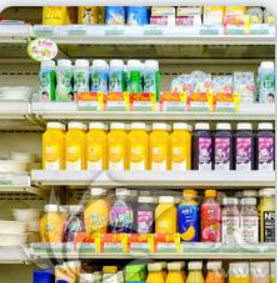
food
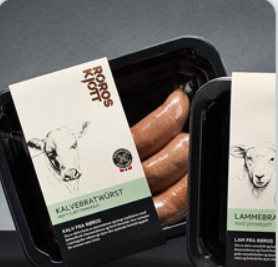
package
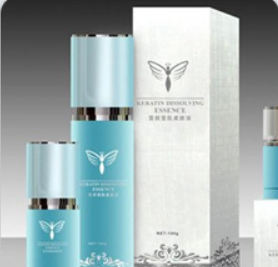
cosmetics
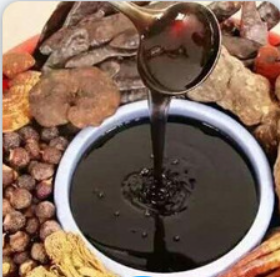
herbal medical
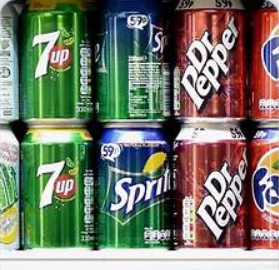
drinking

medical care










